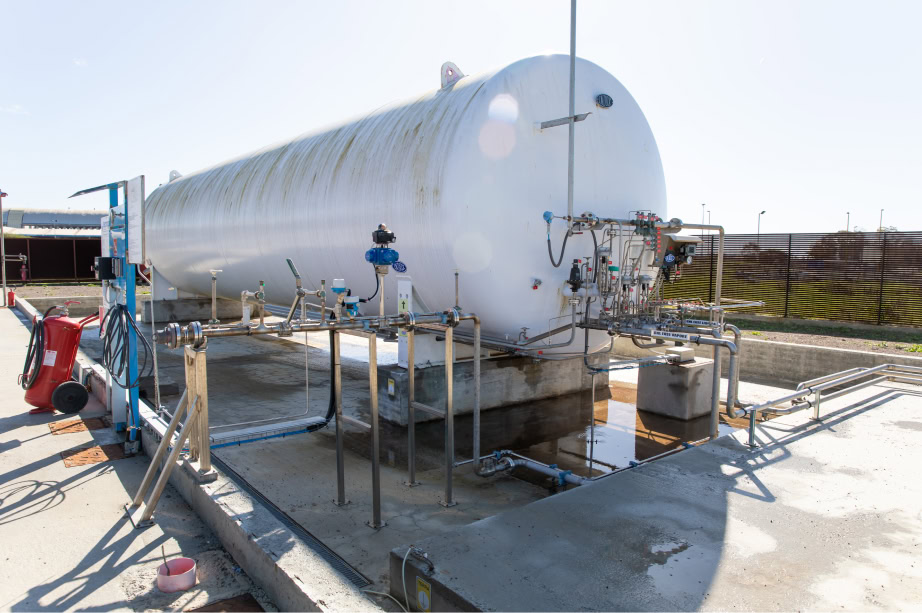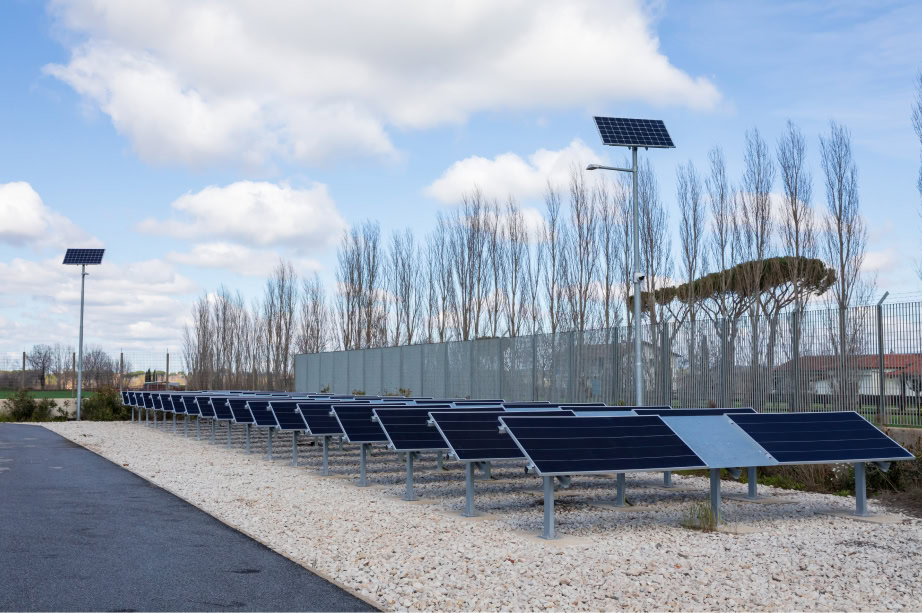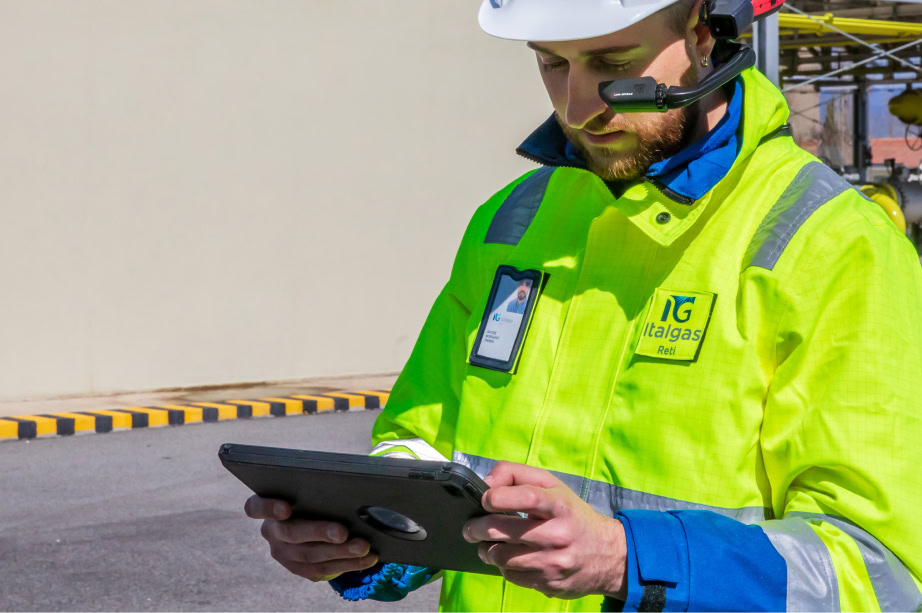
Sector coupling: the future of sustainable energy
The integration between the gas and electricity sectors aims to create a hybrid and decarbonised European energy system. This will make supplies safer, with a view to sustainability and efficiency.
How does the integration between electricity grids and gas grids work?
The electricity and gas networks will be increasingly integrated to allow a coordinated and optimized management of energy resources. For example, excess electricity produced from renewable sources can be used to produce hydrogen via water electrolysis. Hydrogen can be stored and subsequently used as a fuel in the gas sector or in the transport sector.
Integration will allow for greater flexibility in managing energy demand and supply. During periods of low electricity demand, excess electricity production from renewable sources can be converted into gas (power-to-gas) and stored. During demand peaks, the gas can be reconverted into electricity (gas-to-power). All this will be possible with a strong commitment to digitising all the infrastructures involved.
What are the advantages of the coupling sector?
-
Energy Efficiency
Sector integration can improve the overall efficiency of the energy system, reducing waste and using resources more optimally.
-
Reduction of emissions
Facilitating the use of renewable energy and reducing dependence on fossil fuels.
-
Energy Safety
Diversification of energy sources and storage capacity improve the resilience of the energy system.
Global energy emissions
The inventory of emissions into the atmosphere breaks down the sources of emissions into 5 main sectors: Energy, Industrial processes, Agriculture, Land use, Waste. The Energy sector represents about 80% of total emissions for the year 2021 and, in turn, can be broken down into the subsectors: Energy Industries, Manufacturing and Construction Industries, Transport, Other sectors, Other and Fugitive Emissions.
Since 2005, GHG emissions from the Energy sector have been decreasing as a result of the policies adopted at European and national level to implement the production of energy from renewable sources. From the
same year, a further shift from petroleum products to natural gas was observed
in energy production as a result of the start of the emissions trading system of
eU greenhouse gases (EU ETS) on 1st January 2005.
Energy efficiency to combat climate change
Decarbonizing the energy sector requires a rapid shift from highly polluting fuels to cleaner energy sources.
In our Group we invest a lot on the issue of energy efficiency and we are pursuing the decarbonisation of the gas sector through grid conversion.
We have transformed 75 thousand kilometers of network into a digital infrastructure to allow the distribution of gases other than methane, such as biomethane, hydrogen and synthesis gas.
Digitisation allows remote control with sensors, solenoid valves and actuators, improving the resilience of the gas network to climate change.
Our commitment to decarbonisation
We promote the energy transition by promoting innovative and sustainable solutions and modernising the gas network. Innovation and sustainability are our watchwords.

See also
-
Water networks
-
Technology



